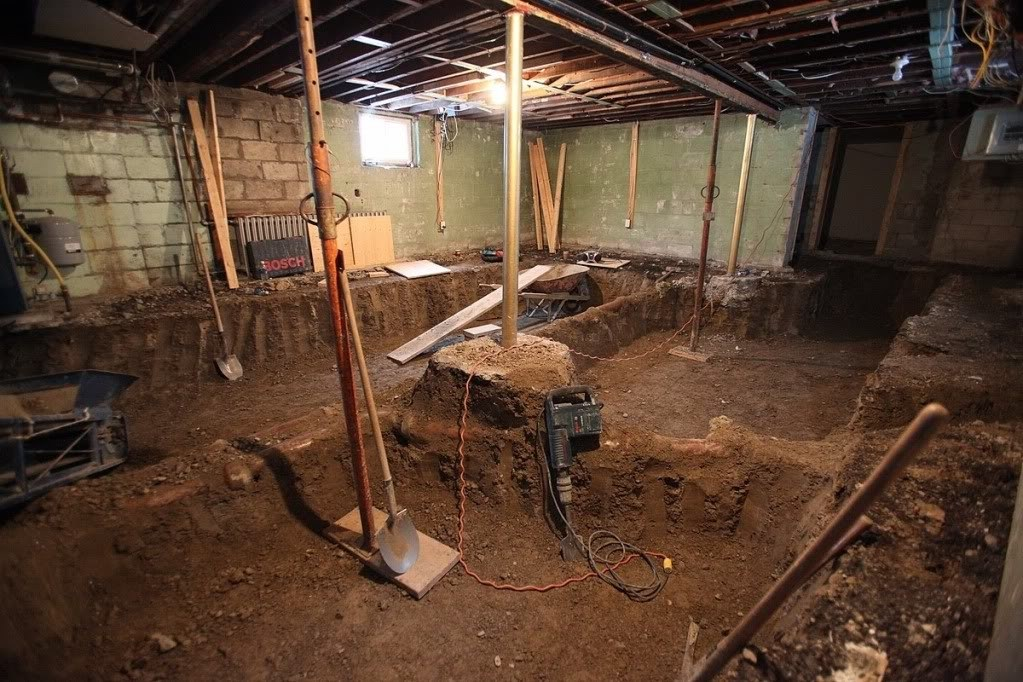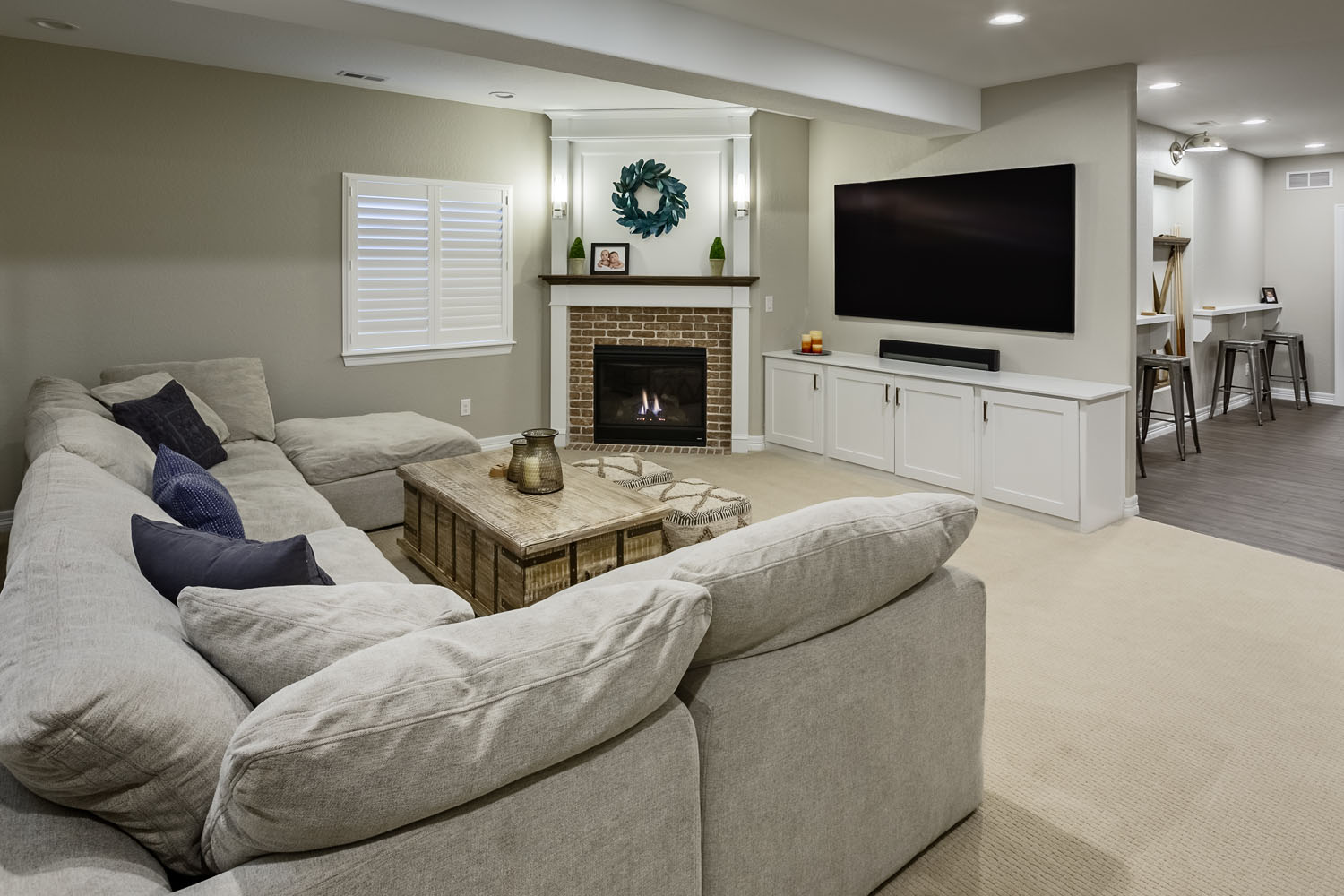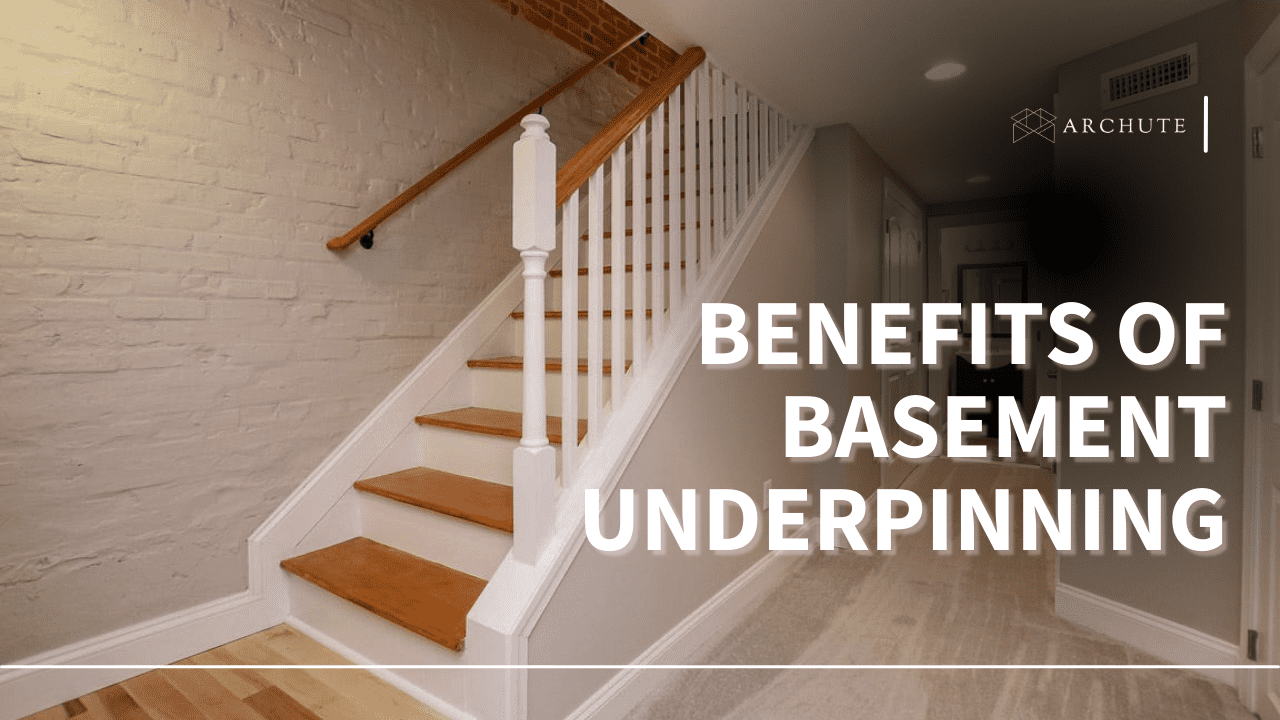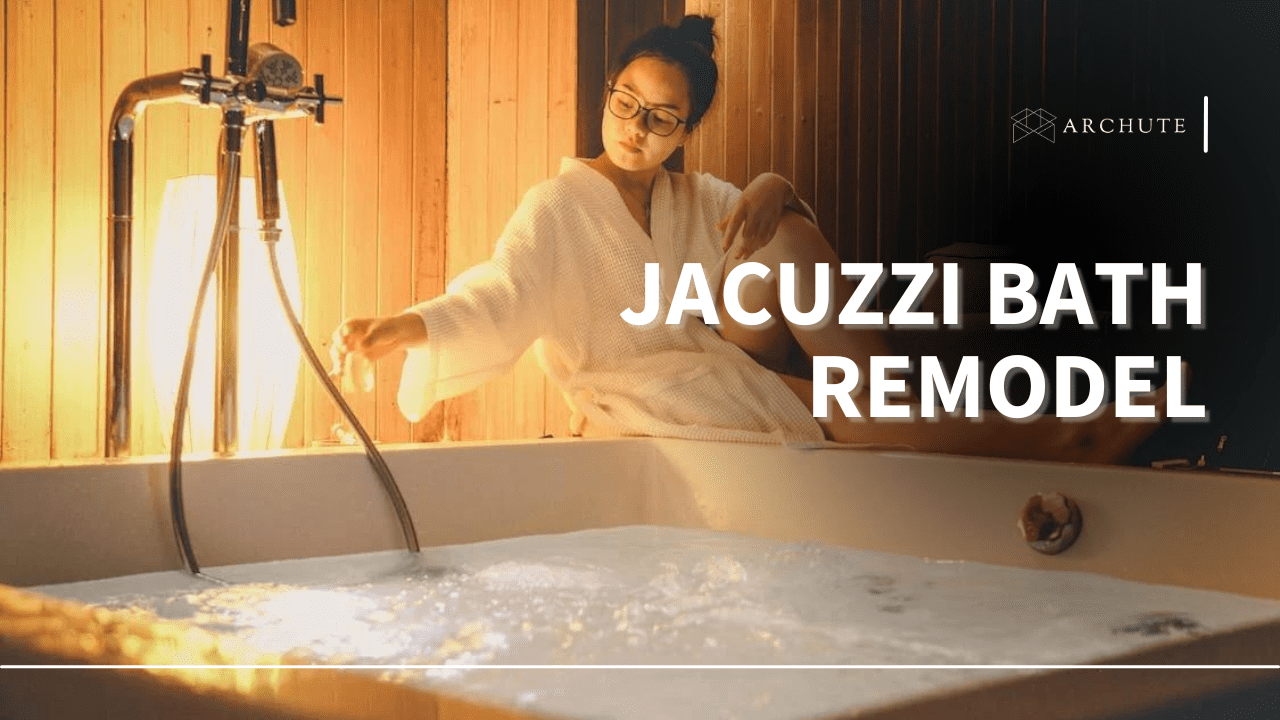In many homes, the basement is often a neglected area that serves as a dark and oversized storage closet. From old garden furniture and last year’s Christmas decorations to exercise equipment, your basement might help to keep your home clutter-free, but is it living up to its full potential?
Most basements are under-utilized areas that humbly disguise the prime piece of real estate below their owners’ feet. If you are looking to enlarge your living space or add another functional area to your home making better use of your basement could be the answer.
Converting the basement of your home into a usable living space requires digging beneath the ground through a process known as basement underpinning. As part of this work, the longevity and health of your home can also be improved. Read on to learn about some of the benefits of converting your basement through basement underpinning.
Extra Living Space
Whether you have a growing family to accommodate or would like your home music studio, converting your basement into an additional space increases the utility of your home and saves you from having to move to another one. From game rooms and home gyms to swimming pools and entertainment areas, a basement conversion gives you the chance to expand your living space and create an area customized to your preference. Other ideas for a basement conversion include:
- Children’s playroom
- Guest bedroom
- Laundry room
- Home gym
- Home office
- Living room
- Walk-in wardrobe

Image source: hensonarchitect.com
Improve Your Home Health
Basements are known to be dark, dingy, and damp places making them ideal breeding grounds for mold and fungi. Many basements contain excess moisture, which causes the musty smell produced by mold and mildew and which can contribute to allergic reactions and respiratory problems for householders.
Having a space in your home that is potentially causing harm to your health by polluting your indoor environment can be a cause for concern. By renovating your basement and making it more liveable, you can address these concerns. It will also allow you to deal with matters that can affect the structural integrity of your property, such as cracks, leaks, and pests.
Return On Investment
On average, a completed basement conversion in the United States gives homeowners a return of 70% to 75% of their investment. This translates to an increase in property value of $7,000 to 7,500 for every $10,000 spent.
The improved ROI comes about as a result of the increased livable space in square footage area, which is a factor when pricing.
Rental Income
By converting your basement into a livable space with all the facilities required for a basement apartment, also known as an accessory dwelling unit (ADU), you can generate an extra income stream by renting it out to tenants. Such apartments are built with separate entrances and contain their own self-contained kitchen and bathroom facilities allowing you to rent out part of your home without noticing someone else is there.
Having a revenue-producing asset just below your feet which you can easily access in case of emergencies or tenant issues is a convenience many landlords would cherish.
With all of the benefits outlined in this article, perhaps it’s time you consider basement underpinning for your home.
Strengthen and Stabilize the foundation
Over time, structural changes happen to buildings, and there is a need for repair. Underpinning strengthens the basement walls and floor, improving the foundational structure of a house. Furthermore, basement waterproofing happens when underpinning, and this is good, especially for older homes.
Meet Living Space Standards
For a space to be liveable, some standards need to be adhered to. The standards include ceiling height, insulation, ventilation, lighting, and more. When you lower your basement, you create room to accommodate someone who might want to use the space as a living area.
Creating more space allows for other uses, such as having a laundry room, movie theater, library, office space, games room, and anything else that can be done in a living space.
Other than just adding space to the basement, it is safer to stay in the basement once underpinning has been done because the foundation walls are stronger, and the general structure of the house is sturdier.
Ease of Access to Home Vitals
Once basement underpinning is done, it is easier to access the home systems that would otherwise be more difficult to access. These include the plumbing system, wiring, insulation systems, and more systems that were initially out of reach before the new basement is installed.
Basement lowering not only makes the system accessible but makes it easier to run maintenance as there is more space that allows for an easy and random check.
Improved Lighting
It is easier to add a window to a basement once underpinning has been done. When there is more living space, there is more space to add other interior design accessories such as lighting. You can add windows to the upper sections of the basement and complement them with ceiling and wall lighting.
Cost Effective Improvement
Doing a basement remodel is different from other rooms as it will not interfere with your daily life in the house too much. Since the repairs happen in the basement, you will be able to use the other rooms fairly normally. Unless the excavation work on the current foundation is extensive and may compromise the existing structure, your life will go on as usual.
Modern basement lowering techniques used today will not compromise the stability of the house even if the concrete floor in the basement is removed.
Frequently Asked Questions About Underpinning

Image Source: elkstonebasements.com
i) Can you lower a basement without underpinning?
There are other methods, like bench footing. However, both underpinning and bench footing involves foundation repair, including structural changes. However, there are downsides to benching, as the bench structure does not add to the market value of your home. Furthermore, there are no cracks fixed using the method unless you pay for it. For these reasons, underpinning is the most common method for increasing the basement ceiling height.
ii) Is it possible to lower the basement floor?
Yes, using basement underpinning, you can lower the basement floor level without compromising the structure of the house.
iii) How do you underpin a foundation?
When underpinning, the whole floor is not removed all at once. Sections of the basement are filled using the mass pour method. The sections are excavated, and concrete is poured into each pit. This process repeatedly happens until the entire floor is done.
iv) What is excavation underpinning?
Excavation underpinning is a process where the soil is removed from beneath an existing foundation. To ensure the structure of the house is not compromised, the excavation is done in sections and filled in sections, also called “pins.”
v) What is the depth of underpinning?
Underpinning can happen to a length of 1.5 or 2 meters. Different foundations can take different depths of underpinning. The soil test for underpinning goes deeper to lengths of up to 6 meters.
Final Thoughts
Expanding the basement has a lot of benefits and adds value to your house. However, finding the best method, like the underpinning method, will avoid extra costs that come with a compromised structure. For this reason, I strongly suggest converting your crawl space into a living space












